Bad Timing
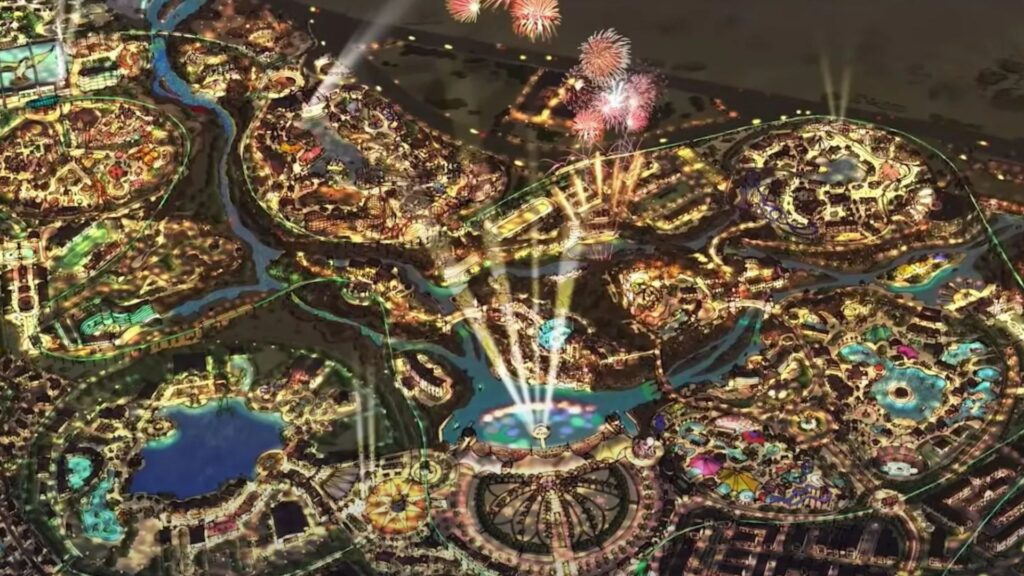
The would-be gravitational pull of the Middle East began in earnest in 2003 with the announcement of a project called Dubailand. Earmarked for a 107 square mile property outside of Dubai (that’s more than twice the size of Walt Disney World’s landholdings), Dubailand was expected to be a master-planned property defined by no less than 45 “mega-projects” and a further 200 projects of smaller size and scope, spread among “Attractions & Experience World,” “Retail & Entertainment World,” “Leisure and Vacation World,” “Sports & Outdoor World,” and more.
For years, continuous announcements around Dubailand and the broader region assembled what those “mega-projects” would be. It included some “original” theme parks (including the Pharaoh’s Theme Park, Islamic Culture and Science World, and the Sahara Theme Park), but was largely dominated – by design – by many names and brands that will sound familiar…
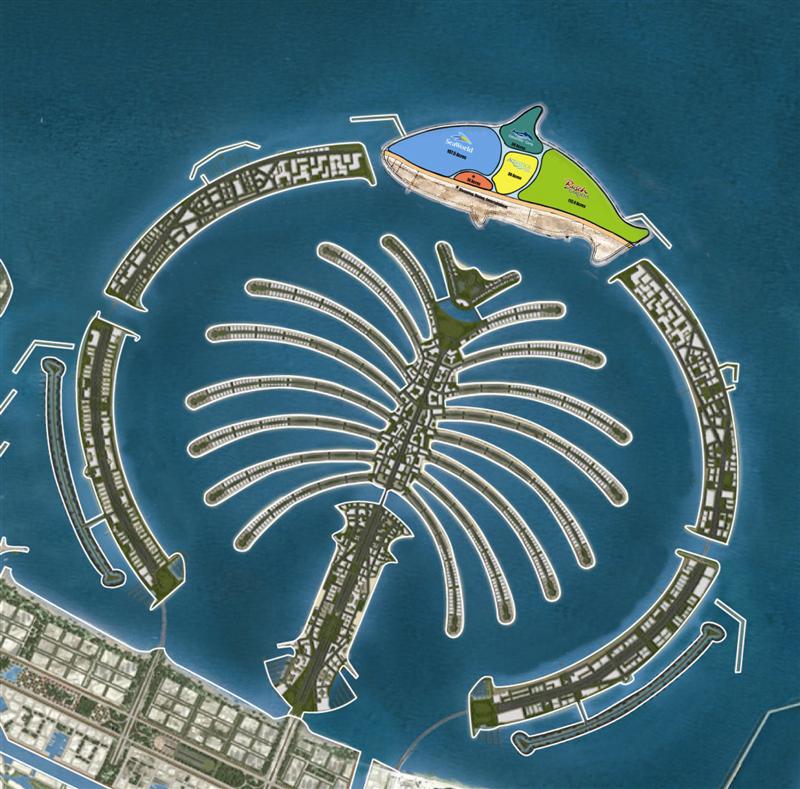
In February 2008, Busch Entertainment (then-owners of SeaWorld) announced that they would open a multi-park resort complex called Worlds of Discovery in Dubai, with the iconic Palm Jebel Ali (a man-made archipelago of palm-shaped islands) gaining an orca-shaped island as its crown. That whale-shaped island would contain a SeaWorld, Busch Gardens, Discovery Cove, and Aquatica waterpark, all scheduled to open in 2012.
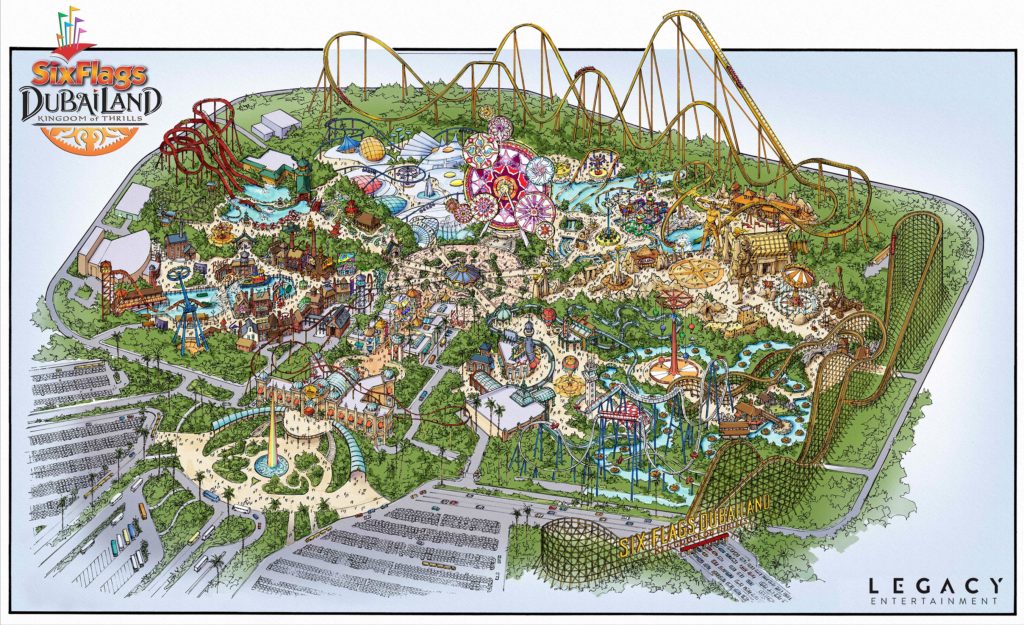
A month later in March 2008, Six Flags Dubailand was announced with a planned 2011 opening. (The project was re-announced in 2016 as Six Flags Dubai.) Melding Six Flags thrills with big budget theming, this “next generation” thrill park would’ve been a flagship of the company.
Then, a DreamWorks Theme Park, an Arabian Legend Theme Park, and a whole park dedicated to a regional children’s show called Freej (the equivalent of a Peppa Pig World, you might say), each announced that they’d carved out spots in Dubailand.
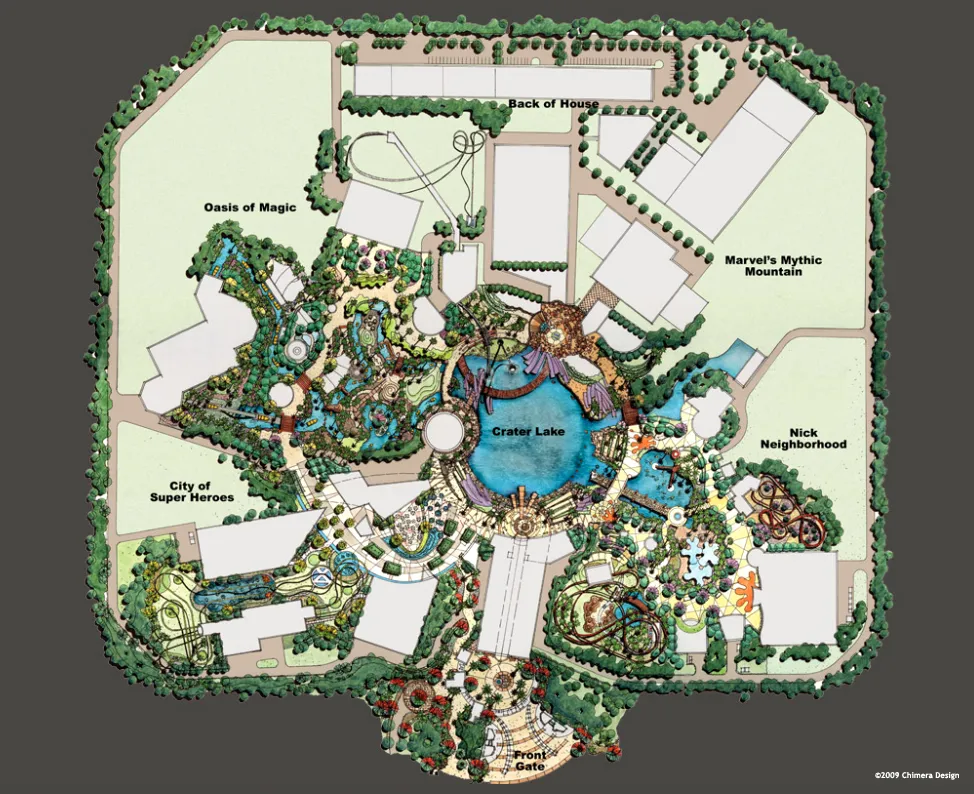
And so it went for a (pre-Disney) Marvel Super Hero Theme Park announced in 2007 (even before the first Iron Man, mind you). Then in May came the announcement of an agreement with the U.K.-based Merlin Entertainments, ushering in the official inclusion of a LEGOLAND Dubai.
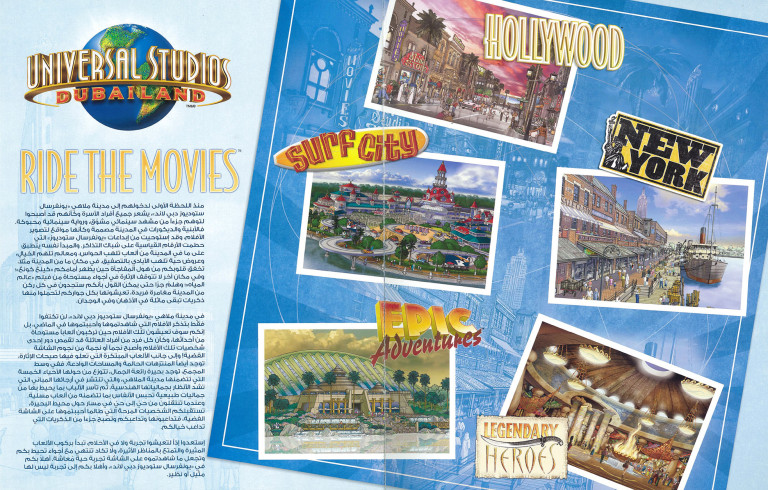
Three months after that in July 2008, Universal Studios Dubailand was made official. With “Hollywood,” “New York,” “Surf City,” “Epic Adventures,” and “Legendary Heroes” areas, the new park was promised by a copy of its iconic art deco archway being built on the desert parcel it would occupy… a tease of what was to come.
Why were all of these companies willing to take huge swings on an unproven market with a built-in audience no larger than New York City? Why would big name brands like Marvel, DreamWorks, SeaWorld, Six Flags, Universal, and more drop what they were doing and race forward with ultra-ambitious, top-of-the-line projects for a seemingly-random country in the Middle East with a built-in population no larger than New York City alone?
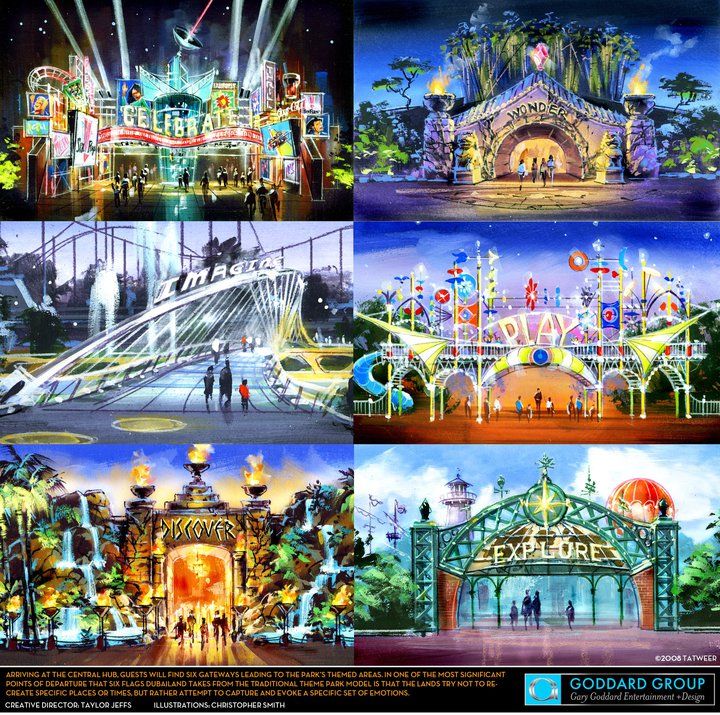
The truth is that none of these big name parks would actually be designed, built, operated, or even owned by the companies whose names they bore. Instead, in pursuit of artificially transforming the UAE into a tourist Mecca, deep-pocketed public-private Emirati corporations were more than happy to foot the bill, licensing the brands, logos, characters, and likenesses from international entertainment companies.
Say you’re in charge of Universal Parks and a representative from Dubailand says, “The Universal brand is so valuable to us, and would be an anchor of our new 21st century global entertainment destination. We want a Universal Studios Dubailand. We’ll pay you to design it – or choose who does – so that it meets your exact specifications.

“Dream as big as you want. Use this as a showcase of all the things you’re working on and excited about. Then once you have your plan, we’ll pay to build it. We’ll pay to staff it, operate it, and own it. It’ll be your name on the marquee, but we’ll handle everything. And every year, we’ll send you a big fat licensing check to keep using your name, logo, characters, brands, and IPs. You literally don’t have to do anything if you don’t want to. You just have guaranteed income from licensing and merchandise forever.”
For Six Flags, SeaWorld, Universal, Busch Gardens – every operator who jumped aboard – it was obvious: Dubai was Arid Heights. No budget. No worries. Just a blank slate and a blank check. Only this time, the guests would still pay. Given how many gargantuan brands were on board – and how much the UAE and its representatives were willing to spend – it looked as if Dubailand would indeed change the course of entertainment forever.
But none of it came to pass. At least, not in its expected form. The wave of announcements for Dubailand and other Middle Eastern projects happened to fall just before the start of the 2008 “Great Recession,” which tanked global economies, torpedoed oil prices, and led to years of global tourism downturn.
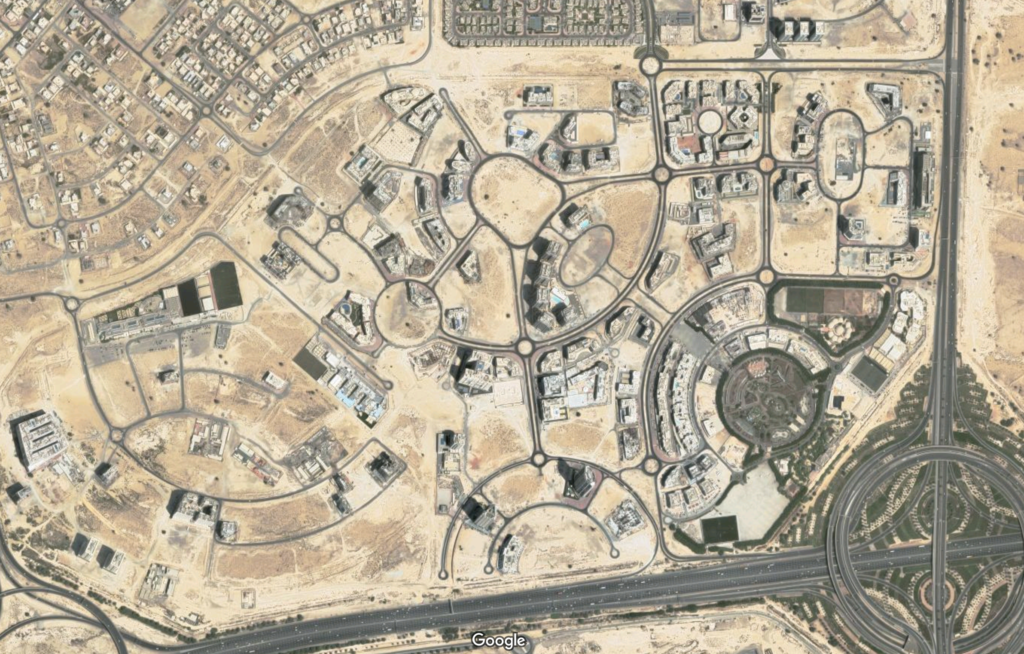
Projects across the industry stalled. The Dubailand project was paused, and one-by-one, Six Flags, Universal, Marvel, DreamWorks, and other big name projects went silent and then dropped out altogether… Not for lack of hope, of course, given that all of those operators would’ve been overjoyed to receive their petroleum-funded licensing checks ad infinitum. But at least then and there, it wasn’t meant to be.
Both the land set aside for Dubailand (above) and the Palm Jebel Ali (visible on Google Maps) remain largely undeveloped and vacant to this day. (The unique sight of a Universal Studios arch standing alone in the desert seems like the stuff of The Last of Us, but in Dubai, it’s real.) The lofty dreams of turning the Middle East into a global theme park hub seemed to come to an end. But in reality, they were only slowed.
Reemergence
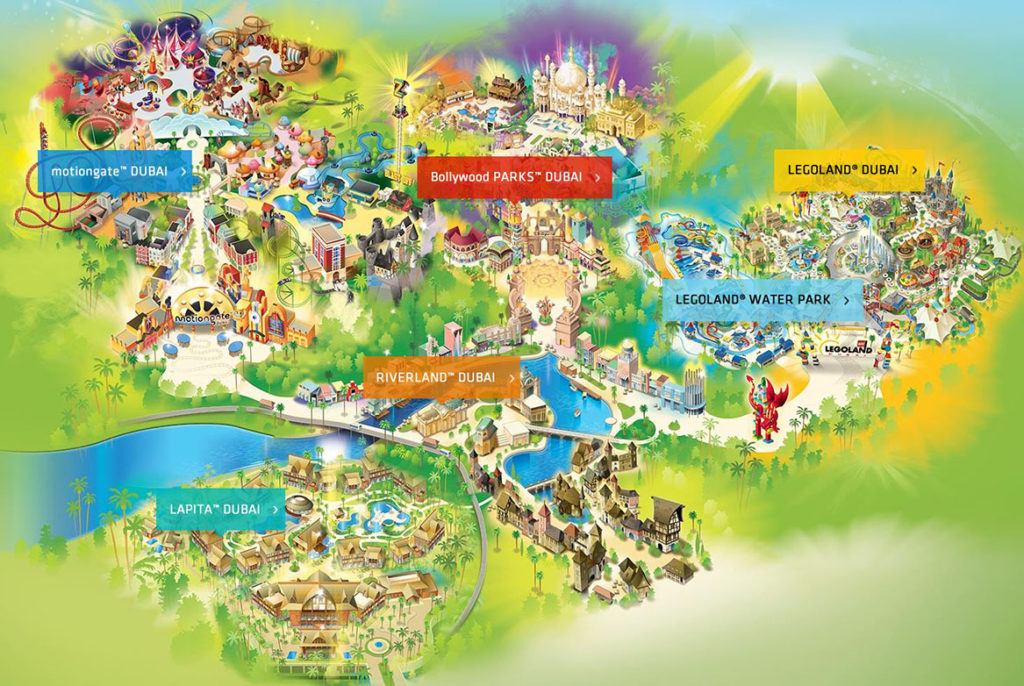
The global recession might’ve momentarily knocked even the oil-funded UAE off its feet, but as we know, there has been continued movement in the Middle East. About 20 minutes from the deserted campus that would’ve been Dubailand, 2016 saw the opening of a much smaller DUBAI PARKS & RESORTS property – a multi-park destination that includes LEGOLAND Dubai, the LEGOLAND Dubai Water Park, and (most curiously) Real Madrid World, “themed” to Spain’s professional soccer team and built atop the bones of the short-lived India-stylized Bollywood Park.
By far, Dubai’s largest theme park draw is MotionGate Dubai – a “studio park” that cobbles together some incredibly unlikely IP that really has to be seen to be believed….
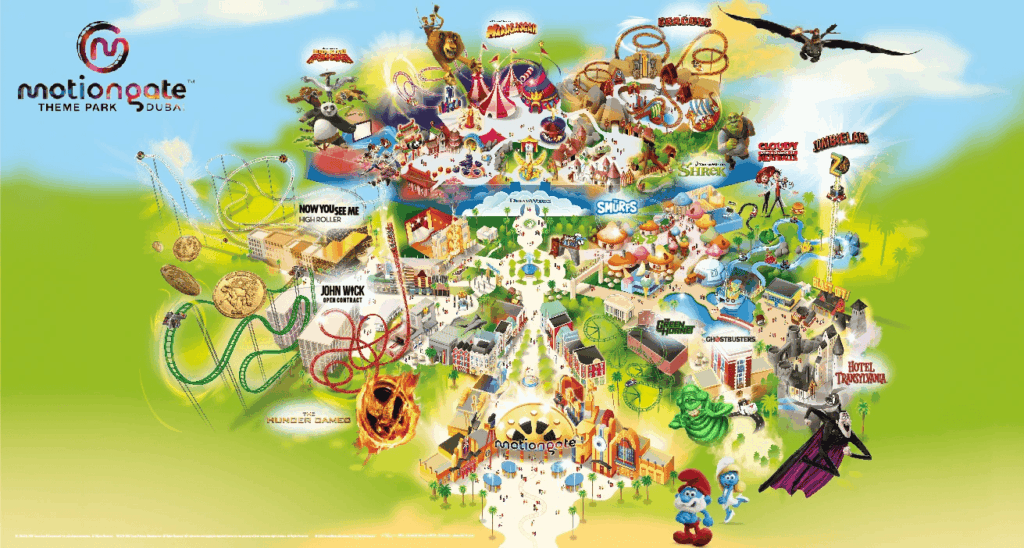
The park contains lands centered on…
- Columbia Pictures (including a Cloudy with the Chance of Meatballs raft ride, a fairly infamous Hotel Transylvania dark ride, a coaster themed to the 2011 Seth Rogan superhero comedy movie The Green Hornet; and an off-the-shelf launch tower themed to the 2009 Woody Harrelson zombie comedy Zombieland);
- Lionsgate (a Hunger Games mini-land with a motion simulator and launch coaster, a John Wick S&S Free Spin coaster, and a stage show based on the Step Up dance movie franchise);
- The Smurfs (owned by Studio Peyo), complete with a dark ride;
- a indoor, enclosed DreamWorks Animation land (predating Universal’s ownership of it, featuring a Kung Fu Panda simulator, a How To Train Your Dragon dark ride, and a pretty respectable Shrek dark ride.)
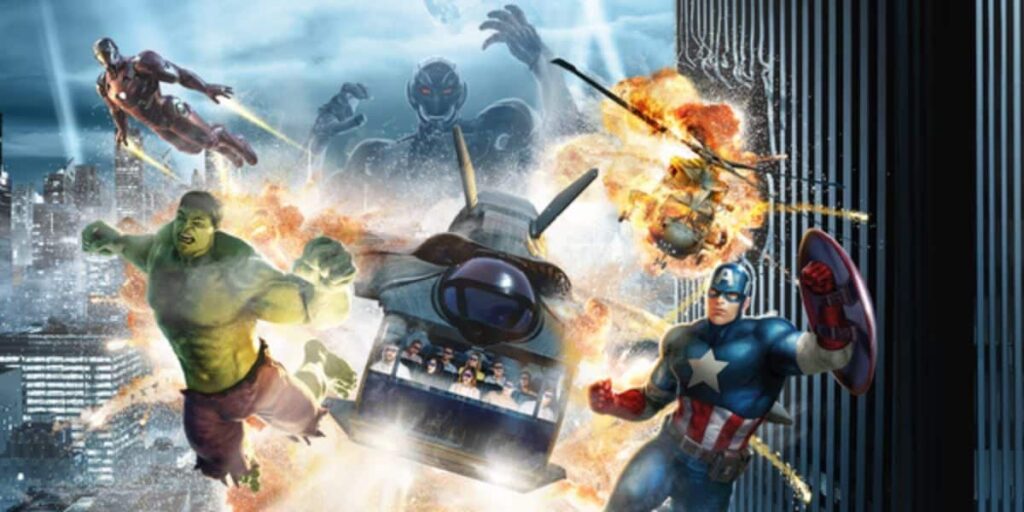
Also opened in 2016 and about 30 minutes away from Dubai Parks & Resorts is the standalone IMG Worlds of Adventure indoor theme park. It includes several original lands (including one clearly inspired by Jurassic Park) plus big-money licensings of Cartoon Network and Marvel. (Again, this deal would’ve been inked before Disney owned Marvel. For what it’s worth, the park’s Avengers: Battle of Ultron ride may not quite be on the level of the Modern Marvel: The Amazing Adventures of Spider-Man, but it’s an impressive outing for a non-Disney park…)
Frankly, it would be difficult to argue that even the sum total of these experiences makes Dubai a “must-visit” or any part the “international destination” it originally envisioned that theme parks would make it for any but the most locked-in park enthusiasts (not to mention, those who feel comfortable contending with the country’s social stances). The parks that have been built in the UAE are mostly known by Western fans for YouTube videos that show these properties more or less empty.
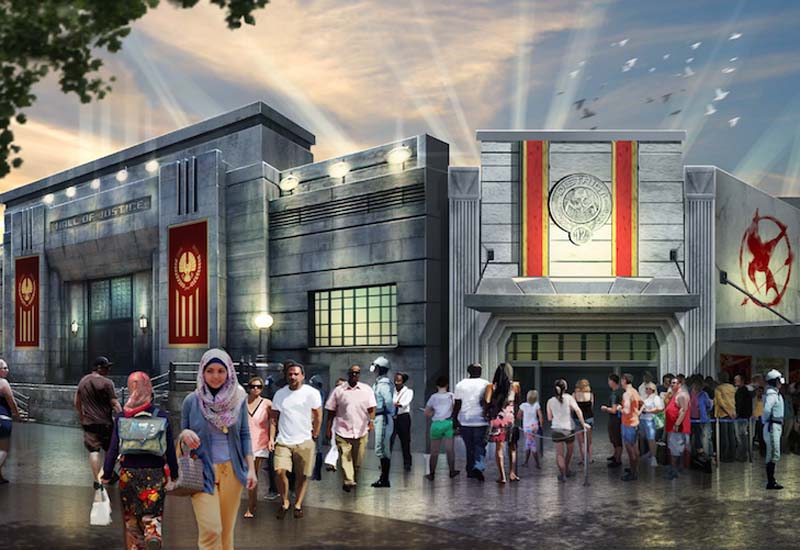
Call it cynical, but if you’re in charge of Lionsgate, do you really care what attendance is like at MotionGate or on your Hunger Games roller coaster? Or is it good enough that the park’s owner, Dubai Holding, gets that licensing check in the mail on time every year?
At least so far, the “build it and they will come mentality” hasn’t proven true for the big-brand theme parks of the Middle East. But just an hour southwest, the city of Abu Dhabi has had better luck thanks to a particularly aggressive developer… and indeed, Abu Dhabi is apparently about to fry the biggest fish of all…

